Ghosts Of Pittsburgh Sports Past: The ABA’s Pittsburgh Pipers/Condors
Pro basketball hasn’t had a home in Pittsburgh for many decades, but for the short time it did, it certainly carries some unique tales.
Pittsburgh’s former basketball team, originally named the Pittsburgh Pipers, were one of the inaugural franchises of the American Basketball Association (ABA), a league that at the time rivaled the National Basketball Association (NBA).
The NBA, which was the youngest of the four major leagues at the time (between the NFL, MLB, and NHL), was seen as the most vulnerable of the four, susceptible to a more successful rival league and already trying to fend off challengers.
The NBA and ABA had engaged in several bidding wars between each other, with some split results. The NBA was able to land rising college star Kareem Abdul-Jabbar, while the ABA was able to successfully poach the NBA’s leading scorer Rick Barry.
The Pipers, meanwhile, had a rising star of their own in Connie Hawkins, who was named the ABA MVP for 1967-68 and led the league in scoring, averaging 26.8 points per game.
Hawkins, who was inducted into the Hall of Fame in 1992, successfully led his team to the ABA’s first ever championship, where the Pipers defeated the New Orleans Buccaneers in seven games to take home the league’s first ever title.
The Pipers are the most recent professional Pittsburgh team to win a championship deciding game in the city of Pittsburgh. Since the Pipers’ victory in 1968, the Pirates have won 2 World Series rings, the Penguins have won 5 Stanley Cups, and the Steelers have won 6 Super Bowls, (albeit all in neutral locations), but none of the deciding game wins have come while in Pittsburgh.
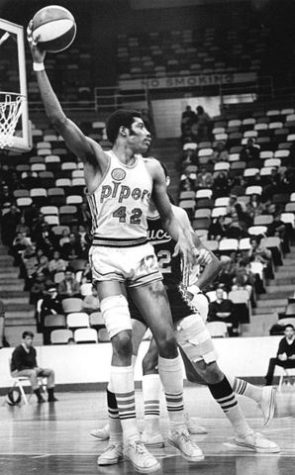
Despite the success in their inaugural season, the Pipers relocated to Minnesota for the 1968-98 season after Minnesota-based lawyer Bill Erickson purchased a majority share in the team. The Pipers retained their name and played out of the Met Center, located in a suburb of Minneapolis.
In one season in Minnesota, the Pipers once again made the playoffs, but were eliminated early.
The Pipers attendance did not outrank that of their predecessor, the Minnesota Huskies, and after the season determined it was time to move again. In a book about the ABA, Loose Balls, Pipers co-owner Gabe Rubin said that the team returned to Pittsburgh because they couldn’t think of anywhere else to move to.
They returned to Pittsburgh for the 1969-70 season, still under the Pipers name, but couldn’t repeat their success from the first stint in the Steel City, and as a result also couldn’t retain their attendance numbers. Many fans saw the Pipers’ bounce around between Pittsburgh and Minneapolis as a joke, and to make matters worse, Connie Hawkins had left for the NBA. The Pipers failed to make the playoffs for the first time in their history.
After the season was over, the team was bought by Haven Industries, who was headquartered in New York City but opted to keep the team in Pittsburgh.
Haven Industries chose to rename the team, holding a team name contest, in which “Pittsburgh Pioneers” was selected, but the name was already in use by Point Park University, who threatened the team with a lawsuit, and the team had to back down.

Enter the Pittsburgh Condors.
The Condors struggled out of the gate to start the 1970-71 season. Attendance was abysmal, and new general manager Marty Blake decided he needed to jumpstart the numbers. Blake had given out tickets for all 13,000 seats at the Civic Arena, all for free, for a game on November 17, 1970. Only 8,074 showed up, and around 3,000 season ticket holders reportedly skipped the game.
Management wasn’t pleased with what Haven trustee Donald Bezhaler called “an act of desperation” and around a month later fired Blake, but the season was already quickly spiraling, and the Condors finished the year 36-48.
For the 1971-72 season, Haven tried to revamp the Condors’ brand, unveiling a new logo and new uniforms, as well as convincing the NBA champion Milwaukee Bucks to come to Pittsburgh for an exhibition game between the Bucks and Condors. With this idea, the Condors hoped that the recent NBA champs, as well as the presence of star Kareem Abdul-Jabbar (who up until a few days before the game was known as Lew Alcindor), would help boost interest in Pittsburgh.
The game actually ended up drawing a decent amount of interest around the city, and ads for the game ran in local newspapers.
Abdul-Jabbar would end up being injured and could not play in the game, which stunted interest from the Condors players and from the around 10,000 fans who had showed up to the Civic Arena to watch. The announcement that Abdul-Jabbar was a no go came only a few hours before the game, so it did not have enough time to take its toll on ticket sales or fan attendance, but the night still ended up being a disappointment for the Condors, and the Bucks would still win 129-115.
The Condors had previously agreed to pay the Bucks $25,000 (over $180,000 in today’s world) for the game, but since Abdul-Jabbar was absent, threatened to sue the Bucks for his no show in the game, with a team official saying “We didn’t pay $25,000 for Bob Dandridge.”
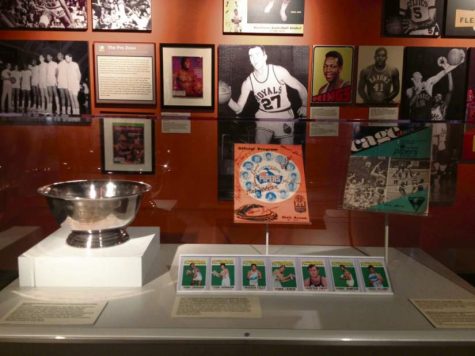
The mess that was the exhibition game actually became the theme of the season, as the Condors fired their coach 10 games into the season, and finished the season 25-59.
The Condors had an absolute mess of a final season, and management was desperately exploring alternatives for the Condors. As losses continued to pile up during the 1971-72 season, the situation for the Condors only grew more dire. Attendance had fallen to under 1,000 fans a game, and there were rumors that the team was looking for a move to New Haven, Connecticut, and the team had supposedly told players to be prepared to move should the time come.
Team President Donald Bezahler would come out and say “There is no sense to keep pouring good money into the franchise while it is in Pittsburgh. There is too much talent on our club for it not to be appreciated by the fans. We are not going to move this season since it is too late. But we are looking around for next year. New Haven-Hartford-Springfield is just one possible area for us.”
The Condors would never officially move, but did play several of their remaining games in alternate locations. A February 9, 1972 game was played at Uniontown High School, 40 miles outside Pittsburgh, fetching 1,500 fans. A March 14, 1972 game was played in Connellsville, 15 miles outside Pittsburgh, which only drew around 500 fans.
They also took several of their games out-of-state, playing one in Birmingham, Alabama on March 24, 1971, and one in Tucson, Arizona four days later. Ironically, this would be the Condors’ final “home game.”
The Condors struggled mightily throughout their entire existence. The team could not draw fans enough whether they were in Pittsburgh or Minneapolis, or were the Pipers or Condors.
Even with attempts and last-gasp efforts to revitalize the team’s image, the team’s work to make themselves relevant ultimately went poorly and did not work.
The Condors only brought in 689 fans at their final game at Civic Arena.
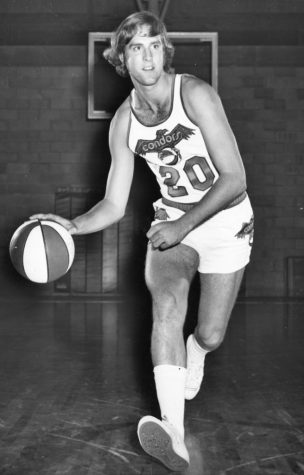
But in fairness to the fans, there was never much to show up for. After their return from Minneapolis, the most wins the team ever had in a season was 36. They did not make the playoffs once after their return, and never had much, if any, stability, as also evident by their use of four different head coaches in a three season span.
After the abysmal season, Haven Industries continued to explore options for moving the team to a bigger market, but could not find any, and in June of 1972, the ABA officially shut down the Condors franchise. Pittsburgh’s roster was placed into a dispersal draft for the rest of the league, except for John Brisker, who went to the NBA.
Four years after the Condors’ fold, the ABA would force a merger with the NBA in 1976, with four ABA teams (New York Nets, Denver Nuggets, Indiana Pacers, and San Antonio Spurs) joining the NBA.
While a mere afterthought for most people, the ABA’s impacts in today’s NBA can still be seen. The ABA was the first to introduce the Slam Dunk Contest, doing so at their 1976 ABA All Star Game. The idea, designed to draw NBA viewers to the ABA, became a hit with fans, and eventually became a permanent staple of NBA All Star Games starting in 1984.
More influential, however, was the 3-point shot, also featured in the ABA, which was introduced to NBA play starting in 1979, and is now a mainstay in the NBA.
Check out more of the Ghosts Of Pittsburgh Sports Past series:
Alex Kiger is a Senior at Pittsburgh Allderdice High School. He is the Sports Editor at The Foreword from 2021 to 2023. In his free time he can often be...

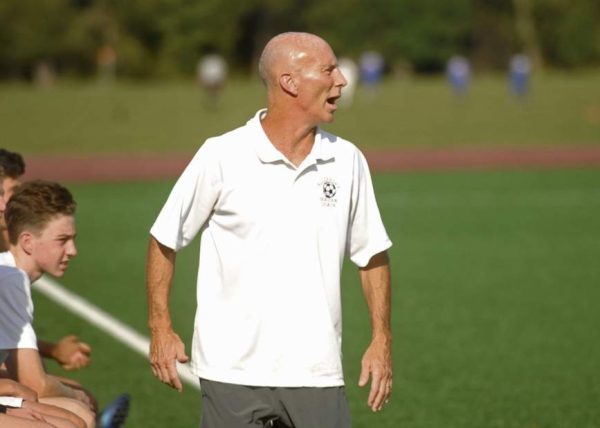
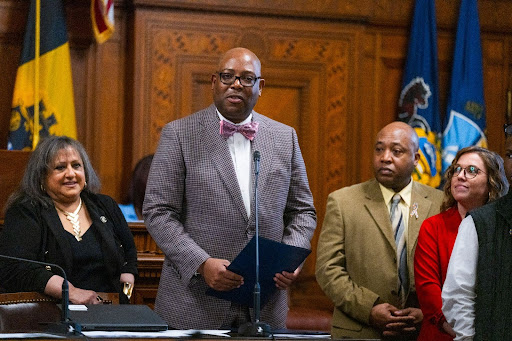
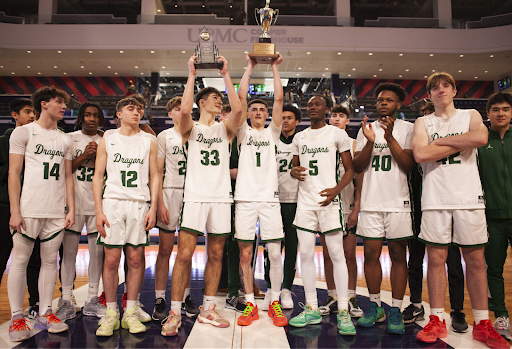


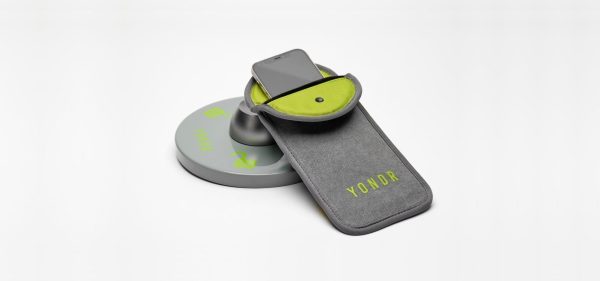



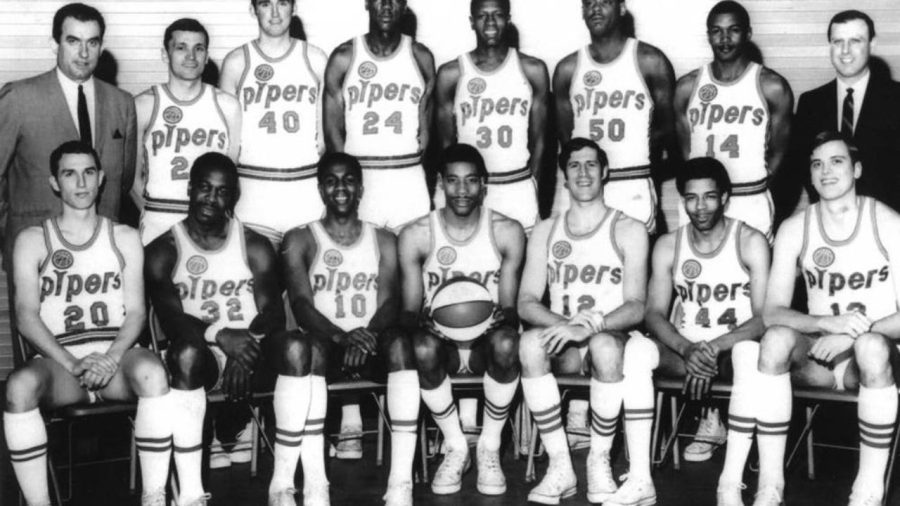
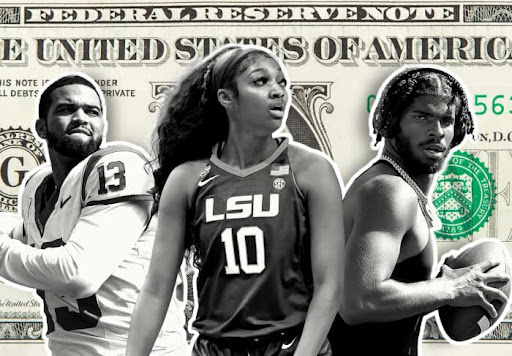
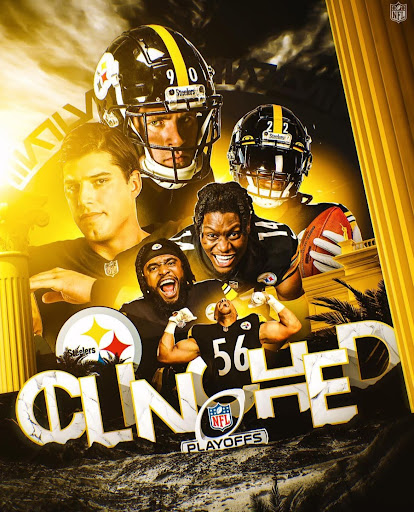
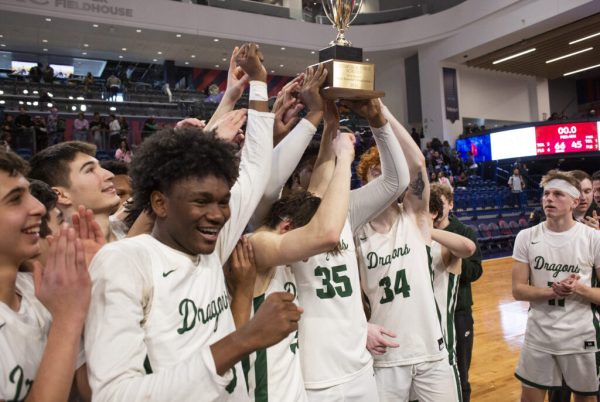
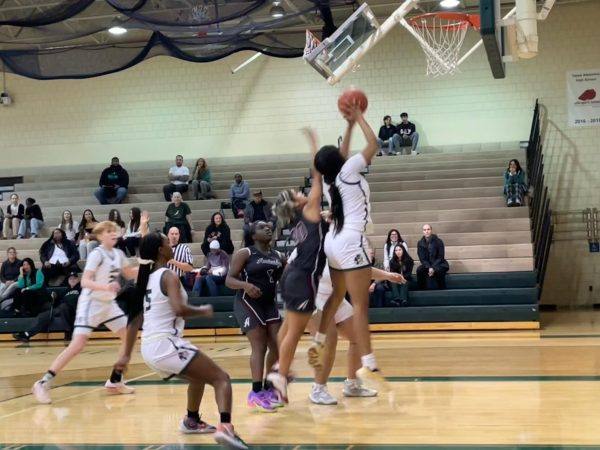
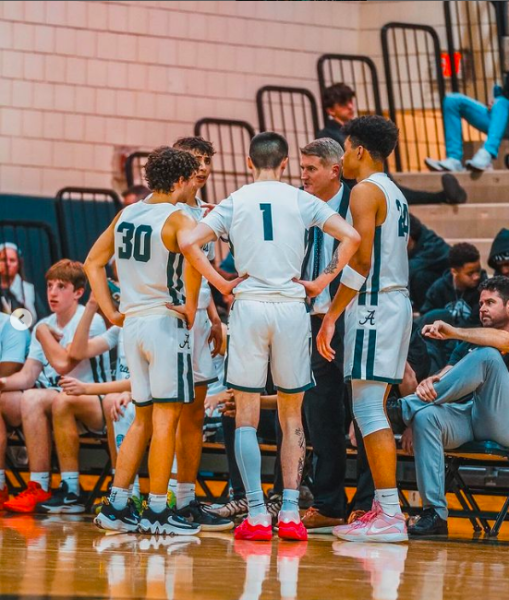
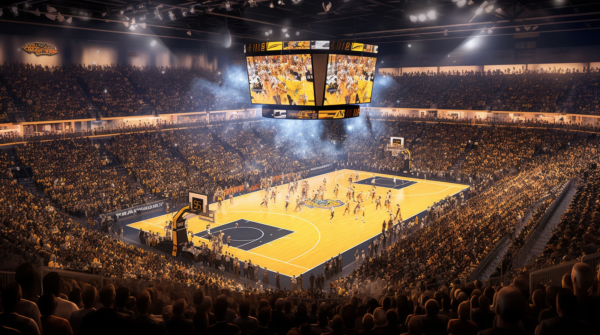
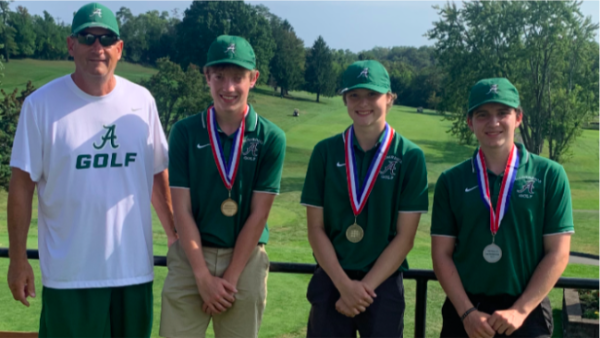
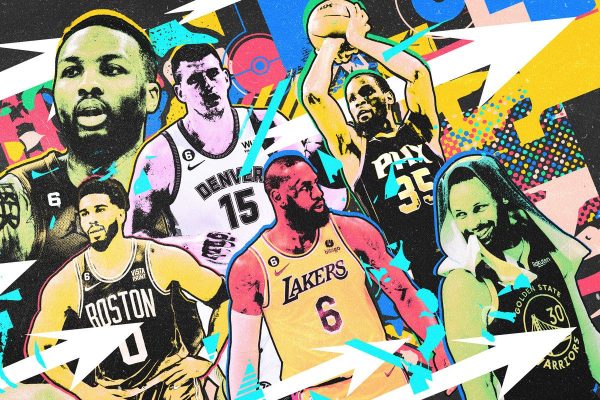
Jim • Mar 15, 2023 at 7:14 am
The only professional basketball game I saw was the Condors at the Civic Arena their last year in town. We had a whole section of the arena to ourselves. Was in high school at the time.